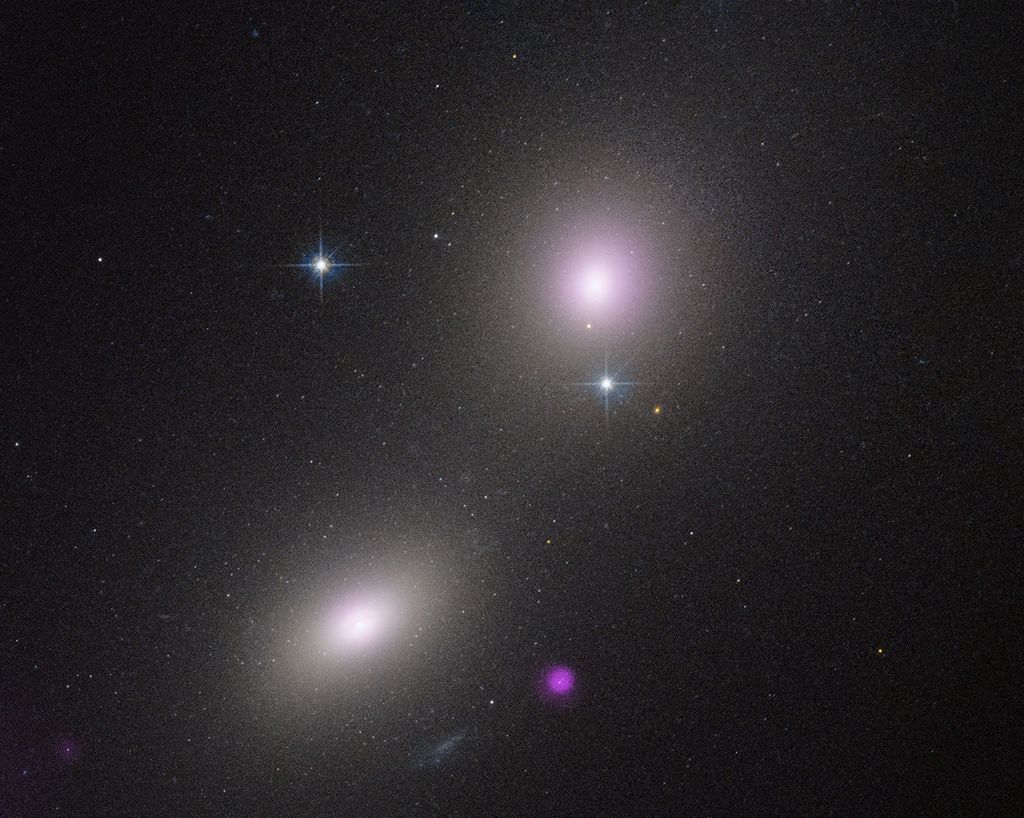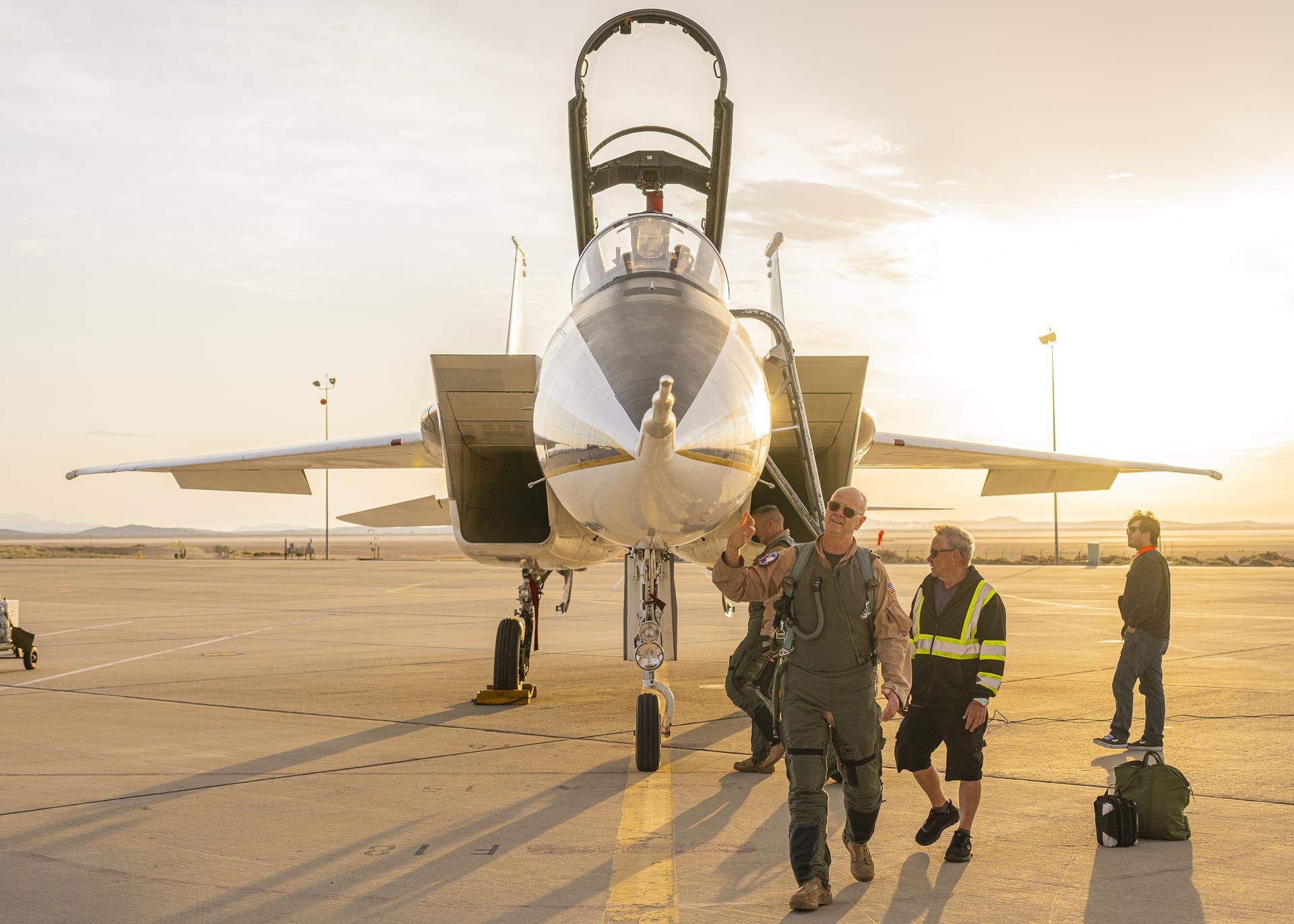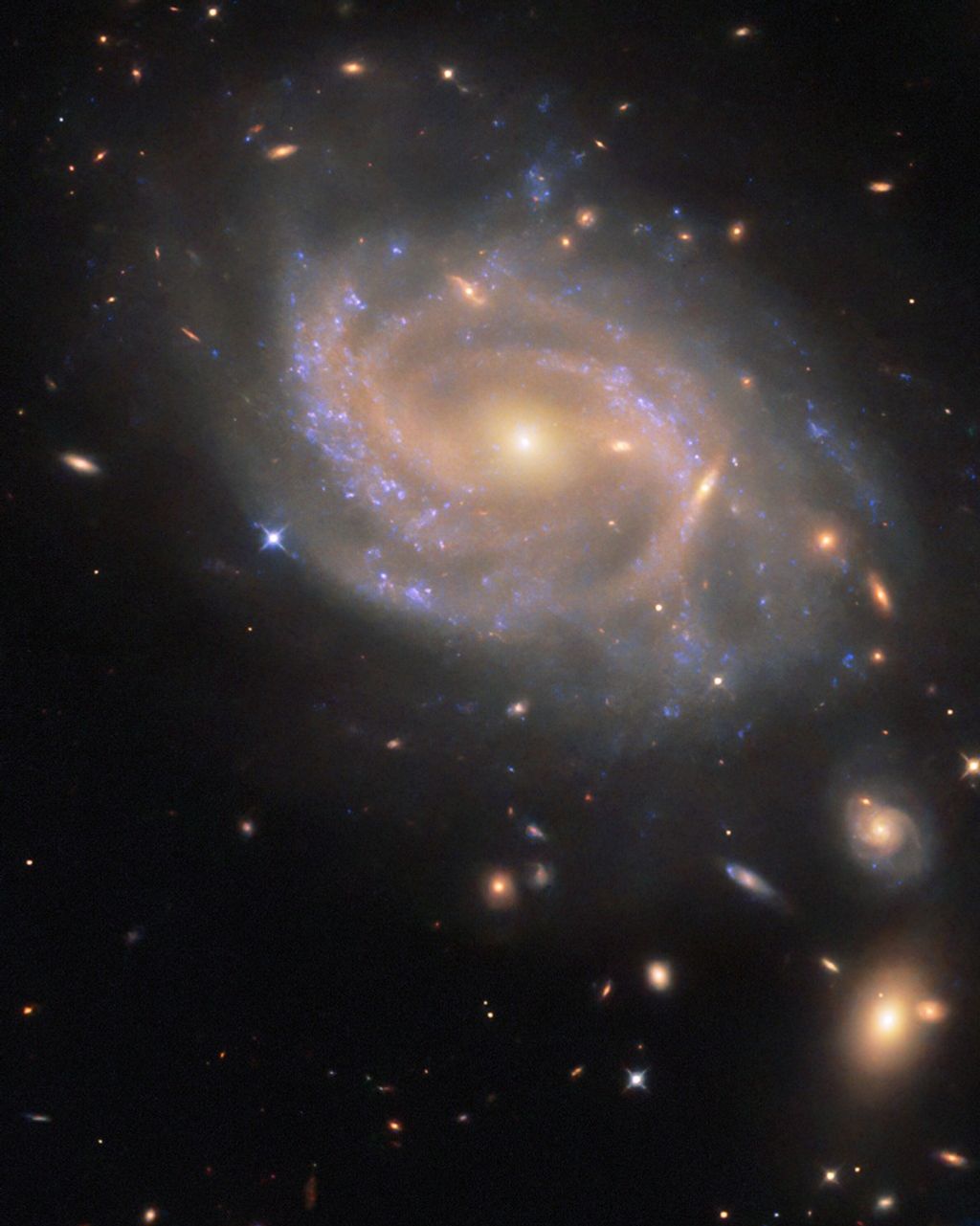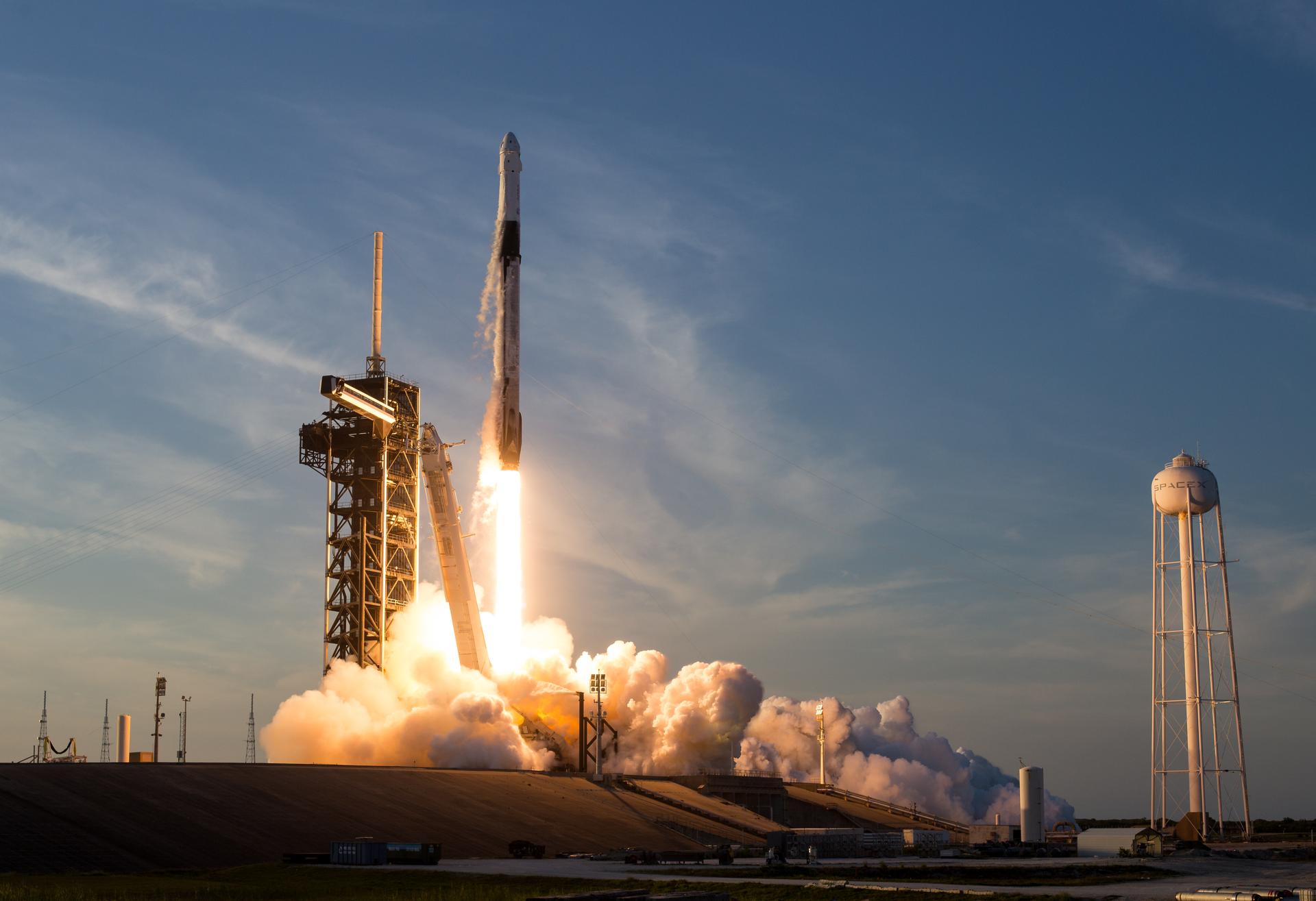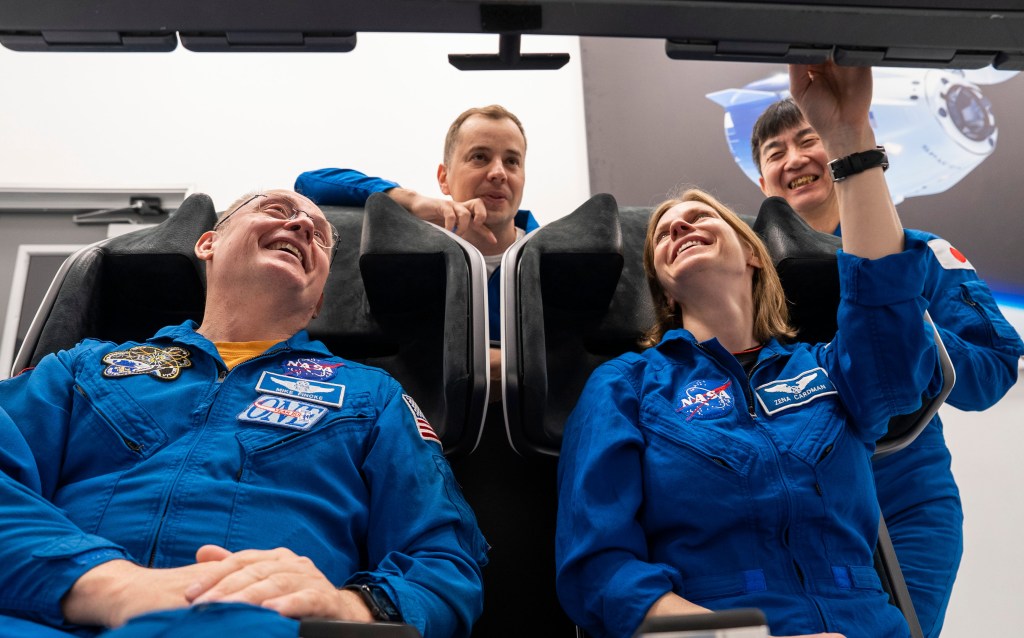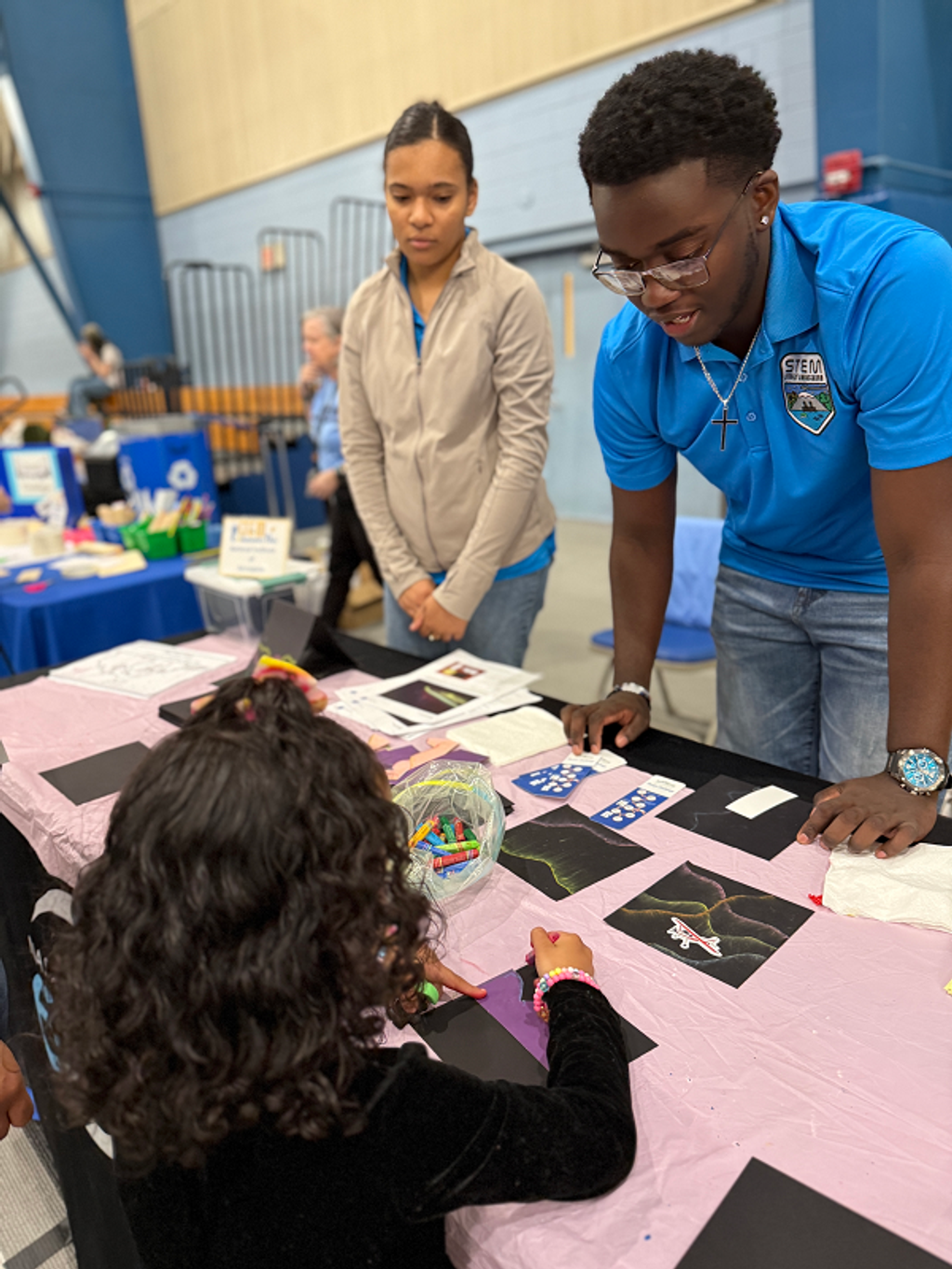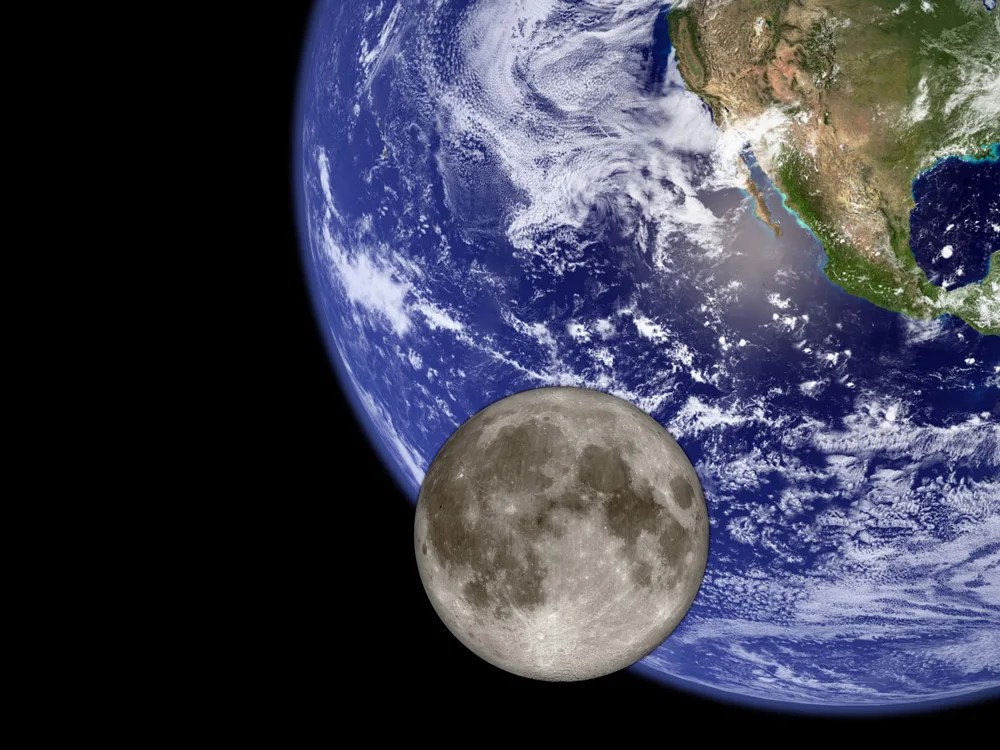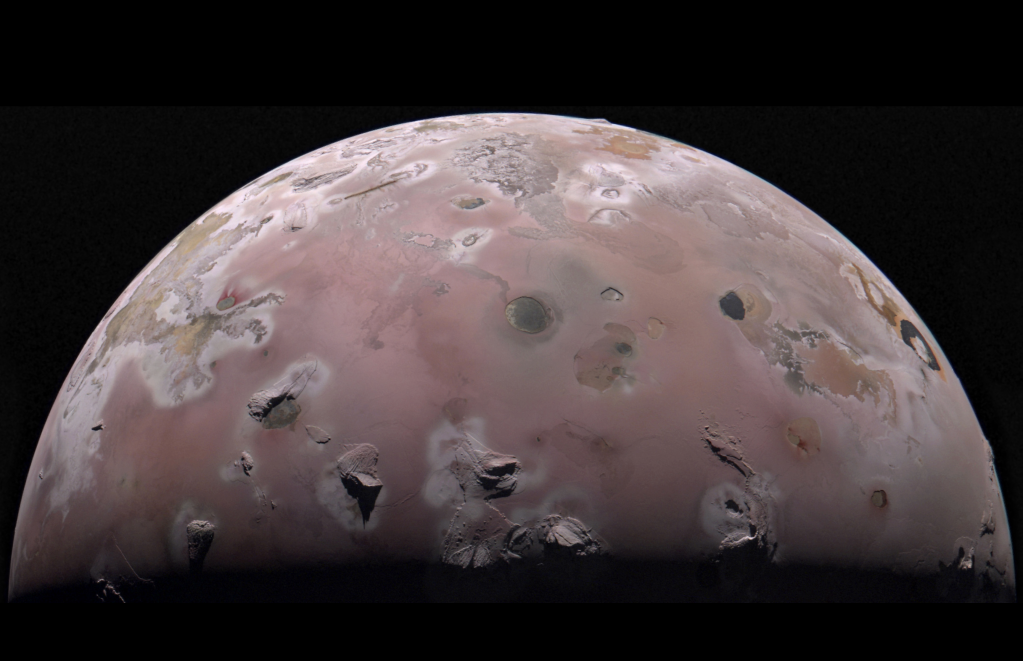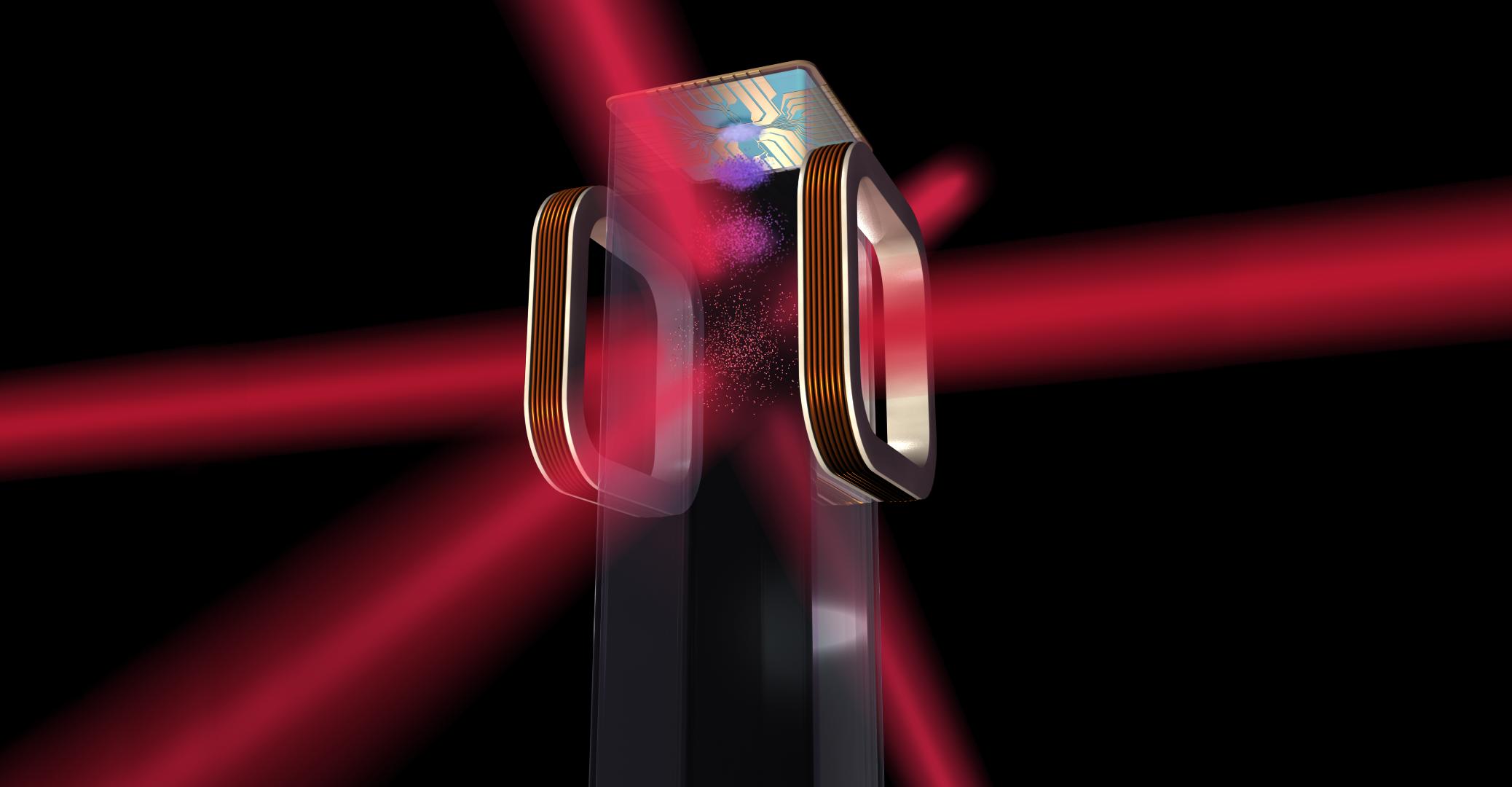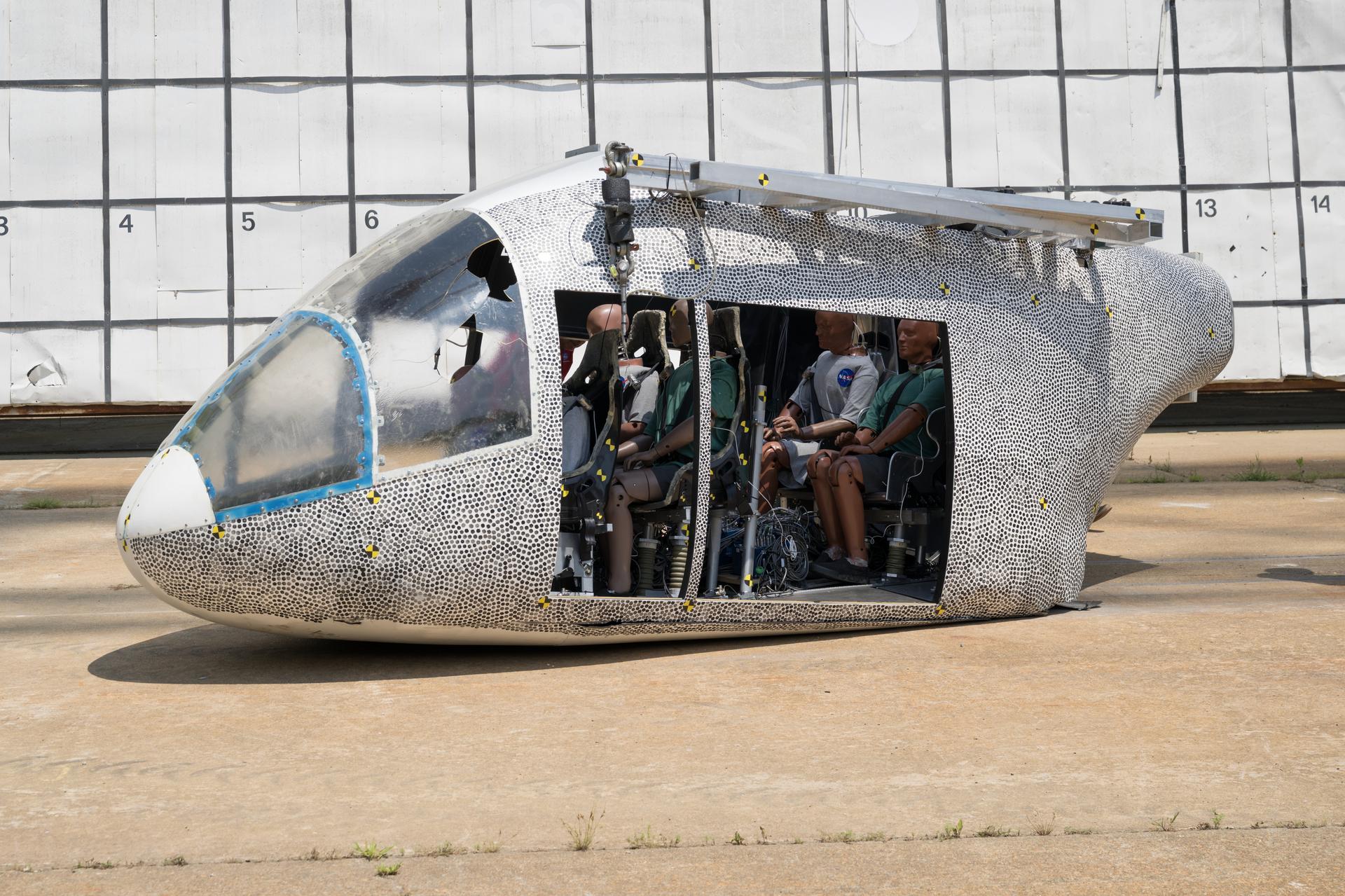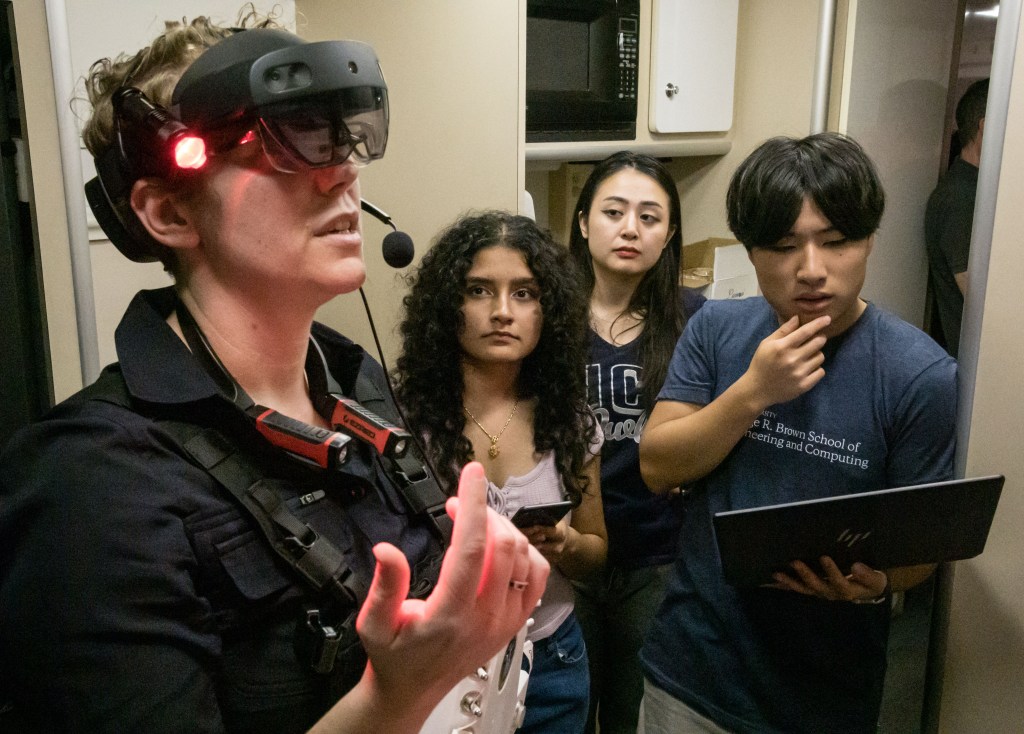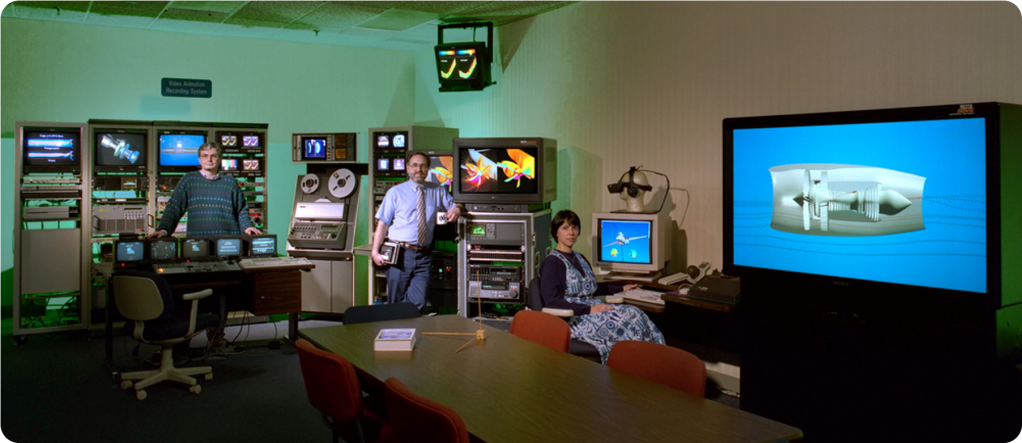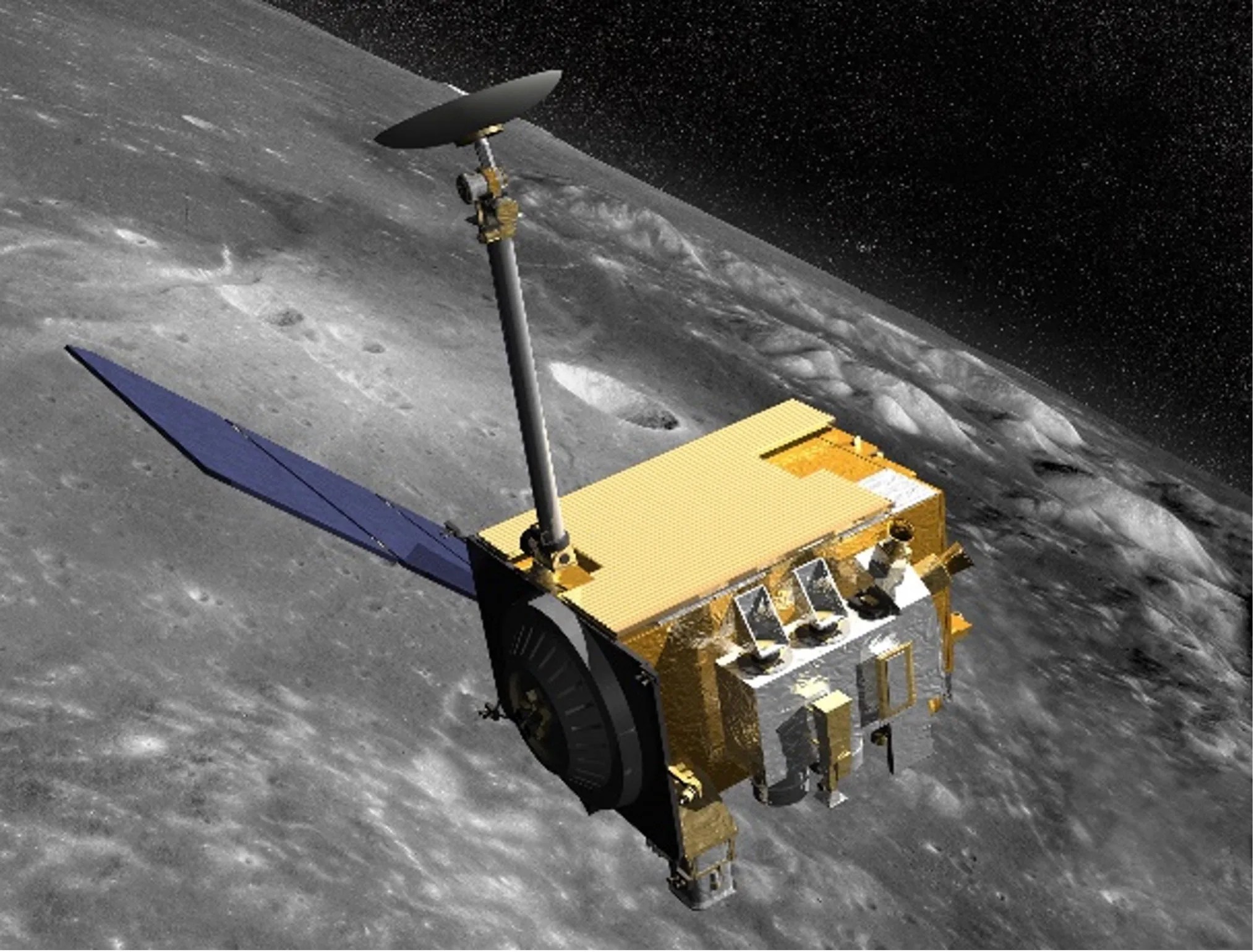Lunar Reconnaissance Orbiter (LRO)
The Lunar Reconnaissance Orbiter (LRO) is an orbiting spacecraft that has studied the Moon in unprecedented detail since 2009, including the ways in which its surface has been altered in recent geologic times. Completing its fourth extended mission on September 30, 2022, the LRO has accomplished all its original science goals and will continue to perform science investigations as well as inform future Artemis missions as it begins its 5th extended mission in October 2022.
LRO Refined the Study of Lunar Volcanism
Lunar volcanism was thought to have ended around a billion years ago, but images from the LRO revealed irregular patches of basaltic deposits that may have erupted within the past 100 million years. The locations of newly discovered tectonic features may indicate the locations of tectonic features may be influenced by tidal interactions from Earth and from orbital recessions away from Earth, and movement along these faults likely continues to the present day. Images of craters that have formed after LRO began its mission indicate the impacts affect the surface far from the impact site, and secondary cratering overturns regolith at rates over 100 times higher than previously thought.

